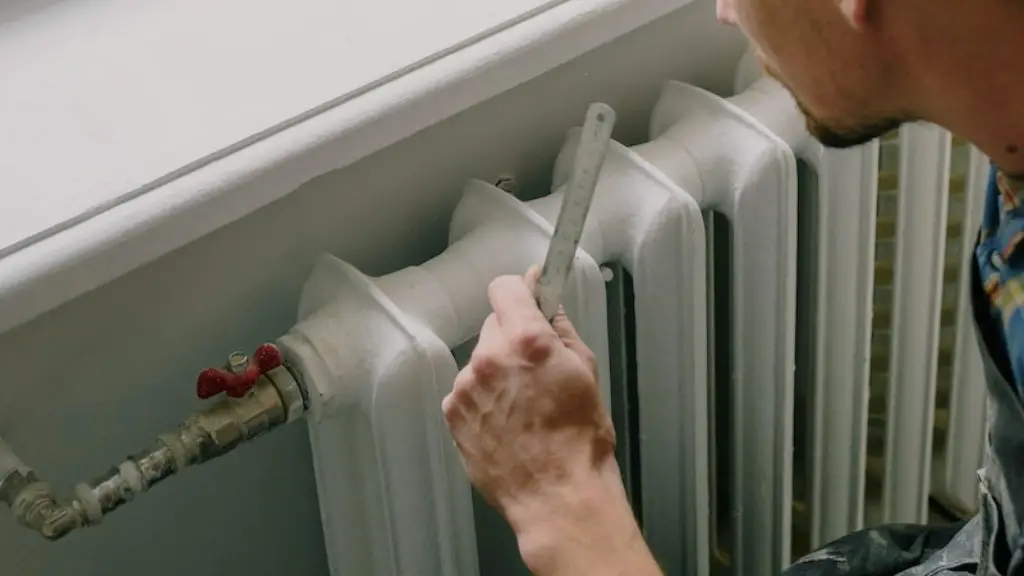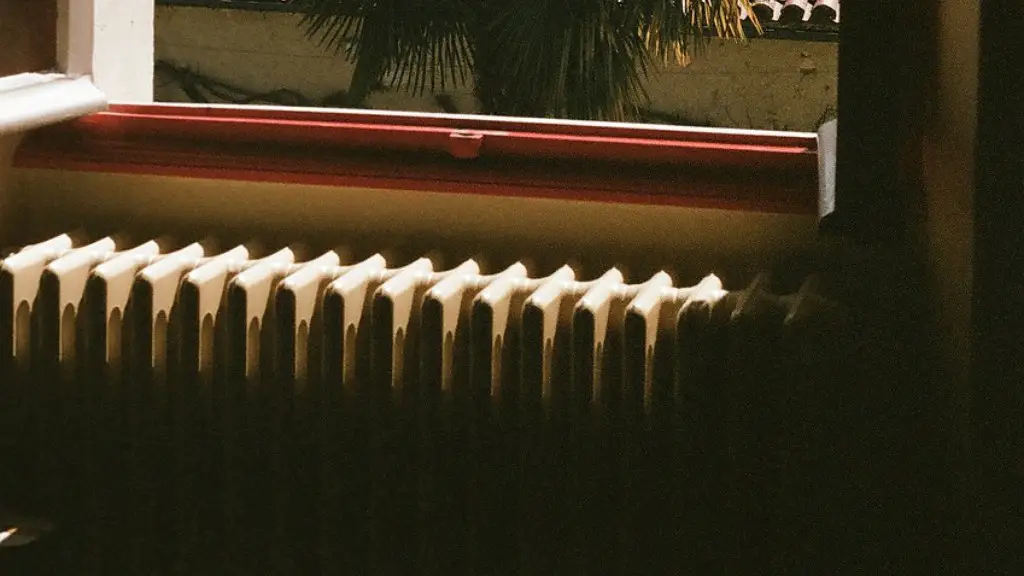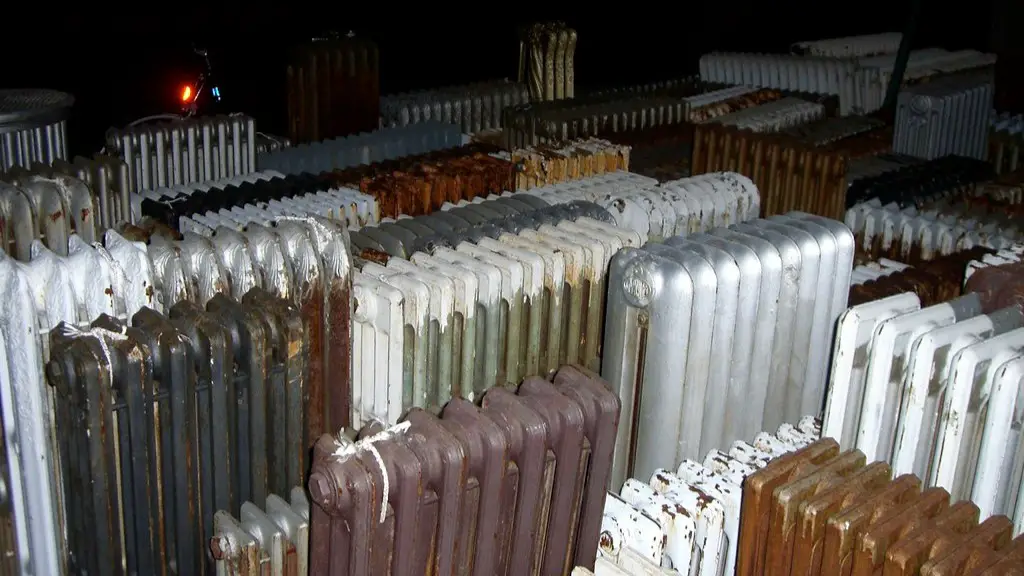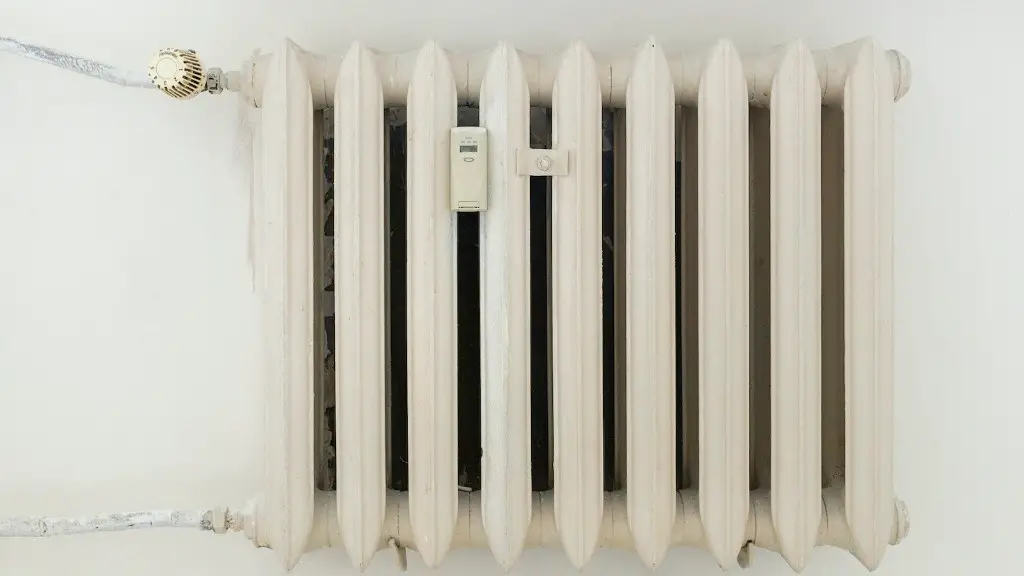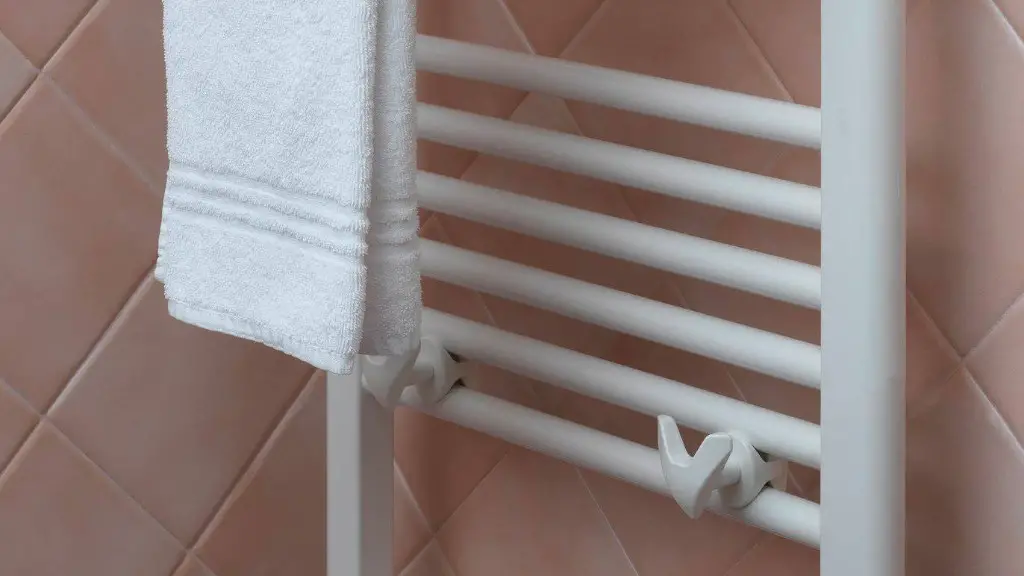When adding antifreeze to a radiator, it is important to know how much to add. Too much antifreeze can cause engine problems, while too little can leave the engine susceptible to freezing. The amount of antifreeze needed will vary depending on the make and model of the vehicle. most manufacturers recommend adding about two quarts of antifreeze for every gallon of coolant.
For a general idea, you will need 1 gallon of antifreeze for every 4 gallons of radiator capacity.
Can I fill my radiator with 100% antifreeze?
If you’re looking to keep your engine cool, you’ll want to avoid using pure antifreeze. Although it has a lower freezing point than water, it doesn’t have enough heat capacity to effectively transfer heat away from the engine. In fact, using pure antifreeze can actually lower the heat-transfer capabilities of the cooling system by 35%. This can be especially damaging to the engine in hot weather.
If the coolant level is low in the reservoir, you can refill it to the max fill line. However, do not overfill it as the coolant mixture expands when it heats up and needs the extra room. Keeping your coolant at the correct level is one of the ways to keep your radiator in good working order.
How do I know when my radiator is full
If your car’s radiator is under pressure and filled with hot liquid, you’ll need to let it cool down before you can open the cap. To do this, park your car on a flat surface and pop the hood. Locate the coolant overflow reservoir and look for the fill levels that say “Low” and “Full.” Once the radiator has cooled down, you can open the cap and add more coolant if needed.
There are two options for refilling the radiator. Option one is to use a premixed antifreeze solution. These are readily available at auto parts stores or big box stores. The second option is to mix your own antifreeze solution of one part water to one part antifreeze.
Do I have to drain the radiator before I add more coolant?
It is important to keep your radiator in good working order to avoid engine problems. Experts recommend draining and replacing the antifreeze in your radiator every five years or 100,000 miles, whichever comes first. This process, along with running distilled water through the radiator before adding fresh antifreeze, is collectively called “flushing” the radiator.
If you overfill your coolant reservoir, it can cause the coolant to become too pressurized. This can cause the hot coolant to flow past the overflow hose and out of the radiator. When this happens, it is possible for the coolant to leak from the vent cap on top of the radiator, rather than from the overflow hose.
How do I know if I have enough antifreeze?
If you notice that the coolant levels in your car are below the “cold” line, it means that the mixture is too low. You can either add more coolant to the reservoir or mix it with water to dilute it.
To fill your radiator fluid reservoir, simply unscrew the cap on Top and you can pour fluid.
How do you fill a radiator after replacing it
The radiator cap needs to be removed in order to fill the main system with coolant. Once the coolant is added, the radiator cap can be put back on. The engine should be run until it reaches its normal temperature, at which point the top hose will become hot.
Adding cold water to a still-hot radiator can cause the engine block to crack due to the sudden change in temperature. If you absolutely have to add water while the engine is still warm, pour slowly while the engine is running in neutral or park.
What happens if I overfill my radiator?
If you overfill your antifreeze tank, most of the time the excess coolant will be expelled through an overflow hose. You may see a puddle of coolant on the ground beneath your car if this has happened. In worst case scenarios, overfilling your antifreeze tank can lead to electrical damage if the overflow comes into contact with engine wiring.
The radiator cap has a pressure relief valve that allows coolant to escape when the system is under pressure. The coolant is stored in the reservoir and is drawn back into circulation when the system pressure drops.
How long should I let my car run after adding coolant
Overheating your car engine is never a good idea, and can cause serious damage. If you do find yourself in this situation, it’s important to act fast.
Adding coolant before your engine gets too hot is the best way to avoid any damage. However, if you do find yourself in a situation where your engine is overheating, you should give it just three seconds before adding coolant. This will help to prevent any further damage to your engine.
One common cause of the coolant reservoir being full but the radiator low on coolant is a blown head gasket. Combustion gasses from one of the cylinders escapes into the cooling system, and forces coolant from the engine into the reservoir. Once the reservoir fills up, the rest goes overboard through the overflow outlet.
How often should you fill your radiator?
According to most vehicle and coolant manufacturers, the average time between flushes is two years or 30,000 miles for silicated coolants, and up to five years or 100,000 miles for an extended drain coolant. However, it is always best to consult your owner’s manual or a professional mechanic to get the most accurate information for your specific vehicle and coolant type.
The amount of coolant your car needs depends on the size of its engine. A small engine may only need six or seven quarts, while a large engine may need more than 16 quarts. Keep your car’s coolant level topped off to prevent your engine from overheating.
How long can you drive with low antifreeze
If you are low on coolant, it is best to not drive your car. This is because if the coolant is below the minimum, your engine could overheat and cause serious damage. If the coolant is above the minimum, you can drive for a few days, but it is still best to get it checked out as soon as possible.
It is very important to have coolant in your car engine, otherwise it will overheat and may cause serious damage.
Conclusion
To figure out how much antifreeze to fill a radiator, you’ll need to know the size of your radiator and the manufacturer’s recommendations. Most carmakers will list the coolant capacity in the owner’s manual. Once you know the size of your radiator, you can add the recommended amount of antifreeze.
The amount of antifreeze required to fill a radiator depends on the size of the radiator and the temperature of the coolant.
